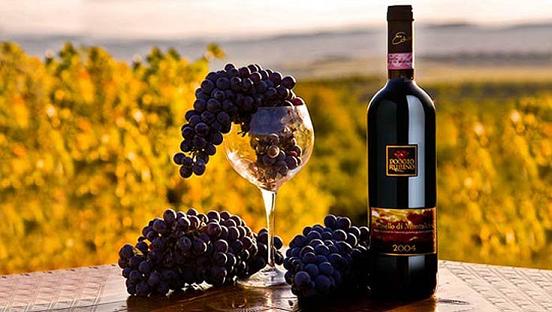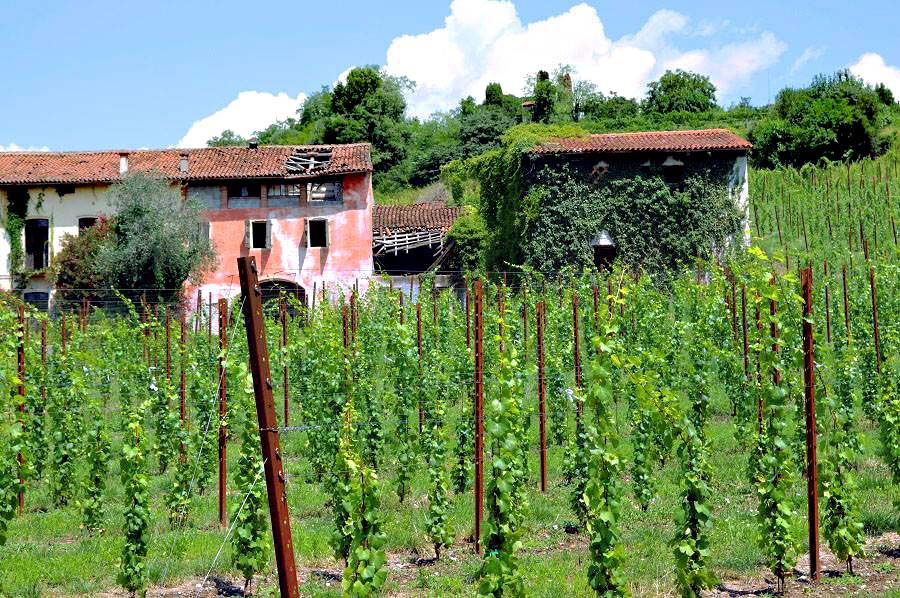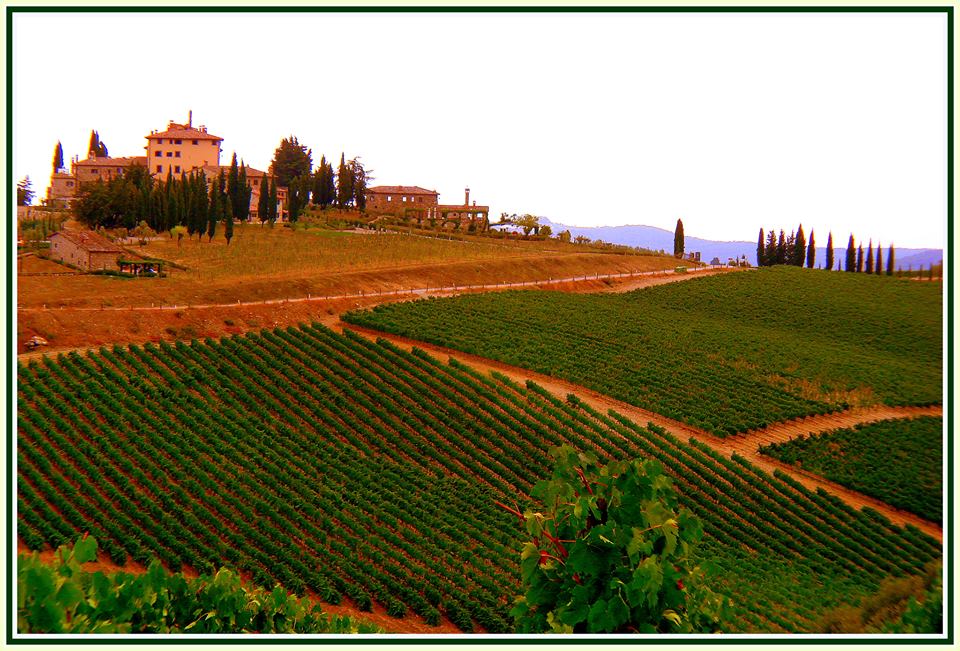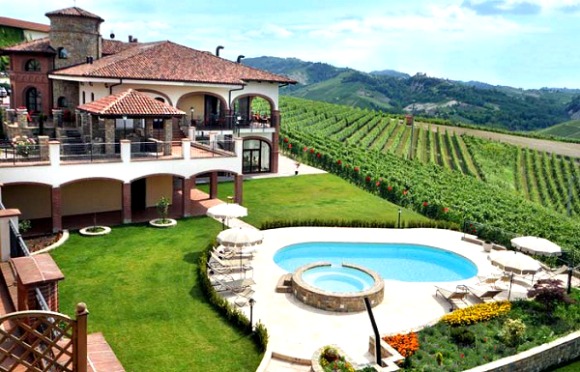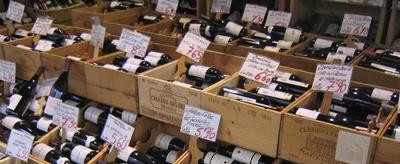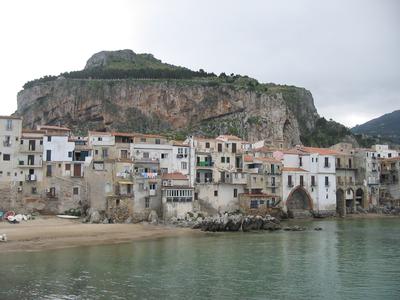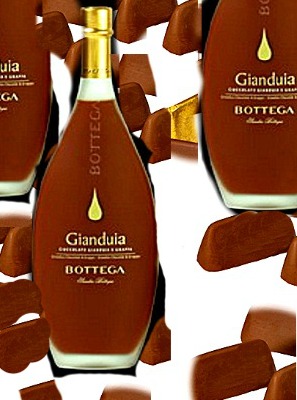- Home
- Rome & Wine
- Frascati Wines
As an Amazon Associate I earn from qualifying purchases. Support us by using our links to Amazon when you shop.
Frascati Wines
by Michelle Smith
(Italy)
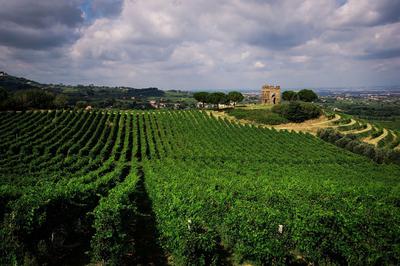
Frascati Wines by Michelle Aschbacher -
Who has never heard of Frascati wine? It became famous (again) with the Dolce Vita, when Richard Burton and Liz would drink it whilst escaping to the Castelli Romani for a 'rest' from the set of Cleopatra, being filmed a couple of miles down the road at the Cinecittà film studios.
What many don't know is that wine was being made in Frascati, on the doorstep of Rome, almost 500 years before Christ.
That adds up to practically 2500 years of wine making. 2500 years of supplying Rome with wine. Emperors, Patricians, philosophers, friends, Romans and countrymen… Popes, Cardinals, nobility and artists, such as Caravaggio, down in the Osteria del Moro.
Emperor Domitian, who worried that too much land was being used for vines and not enough for wheat, had to order that half the vineyards be uprooted.
Wine in Roman times meant that everyone had something safe to drink; when clean water wasn't always available.
The Romans, by exporting vines to France, did modern- day vintners a huge favour, and in the Renaissance, European nobility returning to Rome, brought back varieties to those same areas that had borne them.
What many do not realize, is that in the past few years, the Consortium (founded in 1949), headed for the past four and a half years by the brilliant Mauro de Angelis, has been making a great come-back. With many Frascati labels winning prestigious awards, such as the 3 Glasses credit by Gambero Rosso, given this year to 2 Frascati Cellars.
The newly introduced Superior DOCG, also allows consumers to choose a version selected from the top 15 %. of production.
The volcanic terroir lends itself to producing wines with character. Whites (Frascati DOC and DOCG) with a typical minerality, sapidity, a fresh and fruitiness that make your mouth water and pair with a wide range of dishes.
The same area also produces some great award-winning IGT reds. Two come straight to mind from the Principe Pallavicini Estate in Colonna: Casa Romana (Cabernet/Petit Verdot) and Amarasco (various clones of Cesanese).
Many of the estates are built over Roman ruins, and housed in buildings that date back to the Middle Ages and Renaissance periods. Time warps that aren't readily visible from today's over-developed, sprawling suburbs.
To see these wonderful hectares of rolling volcanic hills, it really is necessary to go inside, through the gates that open for visitors to explore the caves often set in Roman acqueduct-cisterns.
As an Amazon Associate I earn from qualifying purchases. Support us by using our links to Amazon when you shop.






